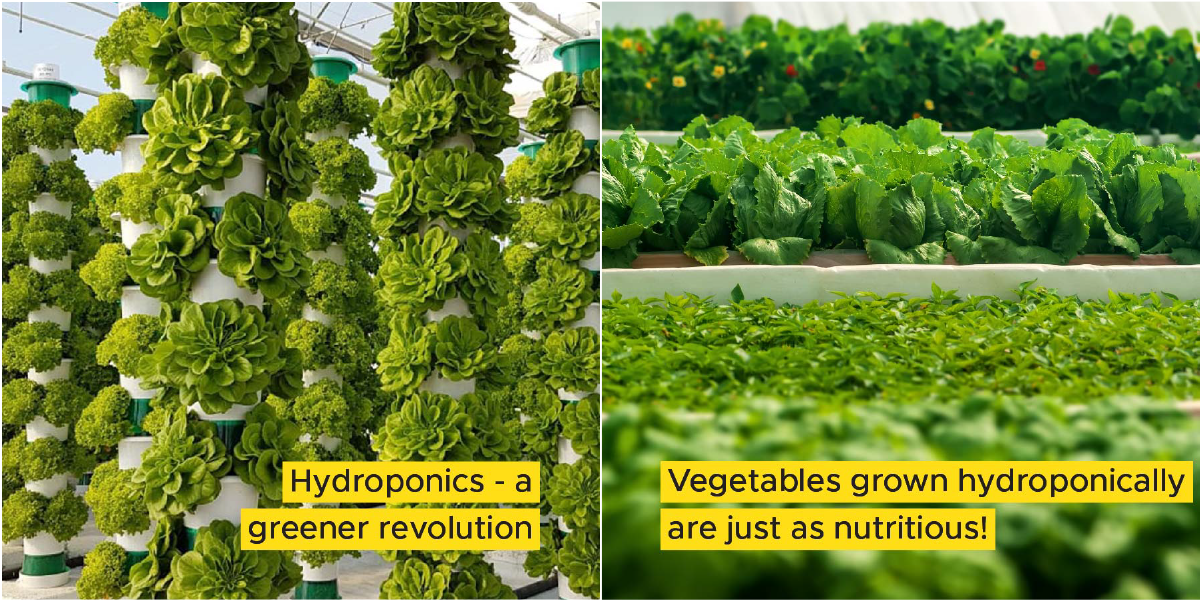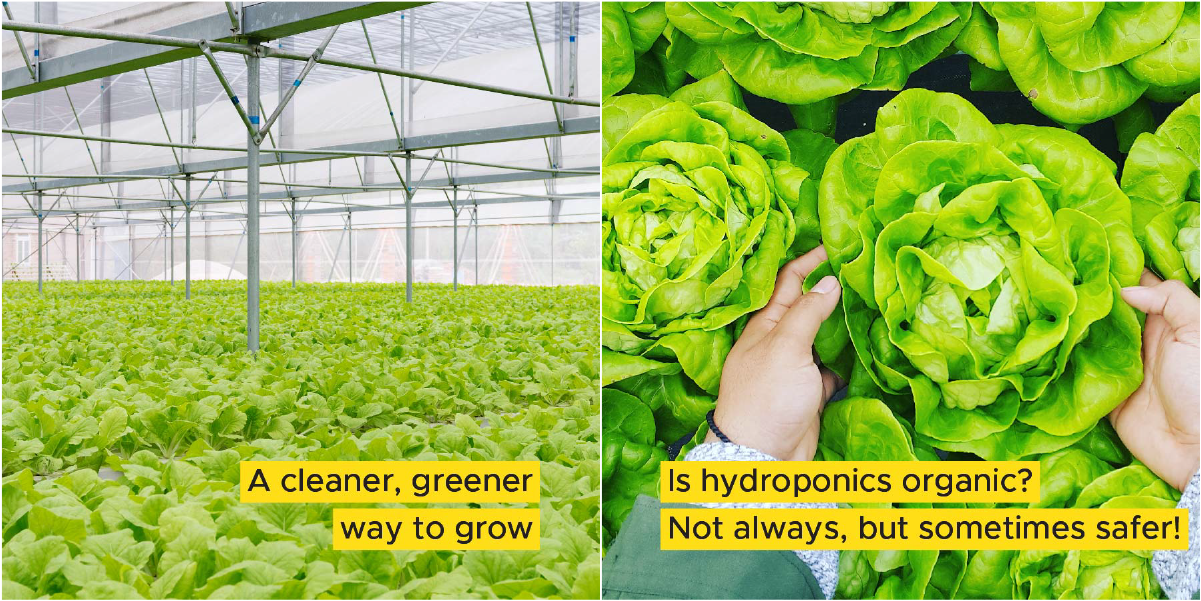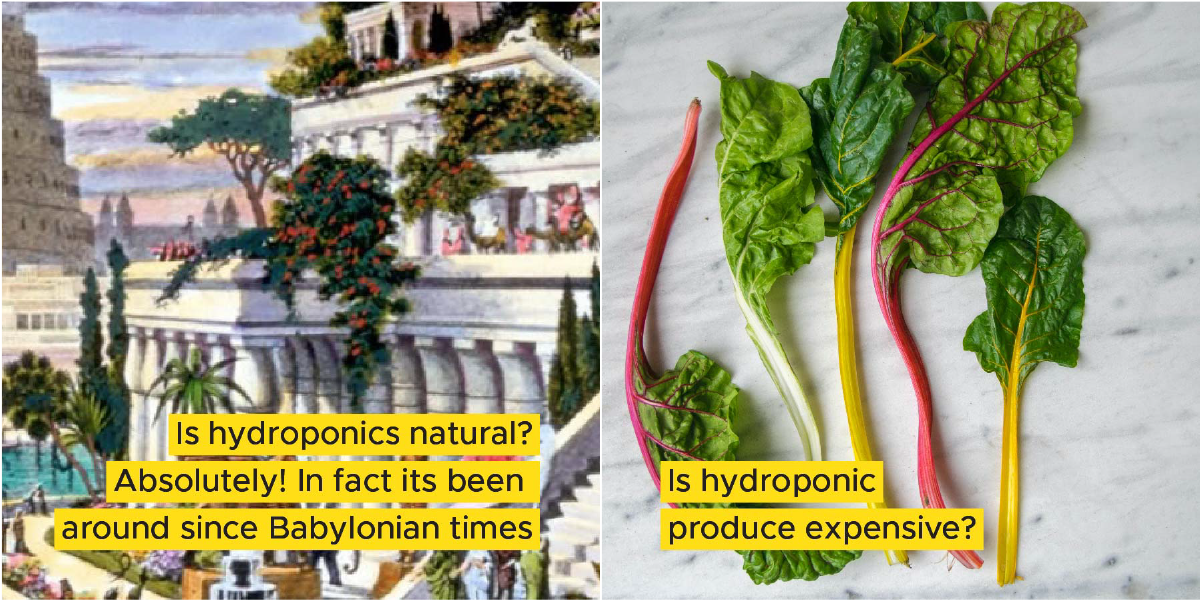Farming 3.0: From the hanging gardens of Babylon to artificial intelligence
Published: 26-Jun-2020 Category: Food Bulletin Newsletter

By Ashok Vasudevan
Farming 3.0:
From the hanging gardens of Babylon to Artificial Intelligence
From the hanging gardens of Babylon to Artificial Intelligence
There is a silent global revolution gathering speed in agriculture. It goes by many names: precision farming, hydroponics, aeroponics, vertical farming, urban farming, indoor farming, aquaponics etc. It represents the convergence of agriculture, genetics & information technology and promises to usher in a new era of food security, nutrition and a reduced carbon footprint.
This new technology can release the full genetic potential of seeds aided by artificial intelligence, precisely targeted nutrition, the use of ultraviolet light and the right physical environment including temperature, moisture, humidity. Without the need for soil, rain, open air or in some cases even sunlight these plants can grow indoors, in media like peat or coconut moss and out of season and with very little water.
This controlled environment makes plants healthier and less susceptible to disease from water, air, soil and insects. Yields for plants like green leafy vegetables and some vine crops like tomatoes, cucumber and peppers can reach 100 times conventional farming without the use of synthetic fertilizers, toxic chemicals like pesticides and weedicides.
The global food security solution may finally be within our reach. Today we dig into hydroponics and answer some common questions.

What is hydroponics?
A greener revolution!
Hydroponic farming involves growing plants & vegetables in a carefully calibrated mineral-rich water solution. Growers can precisely control nutrients and microbes needed by the plant at different stages.
Hydroponics is immensely resource friendly with up to 95% savings in water and 90% reduction in land and can be grown year round. This allows hydroponic farms to increase productivity by up to 100 times as compared to traditional farming!
There are many variations of hydroponics – aquaponics, aeroponics, dryponics (to name a few) and different techniques within each of these. There is no simple answer to which of these is superior; that depends on the crop, location (climate) and other factors.
Are vegetables grown hydroponically as nutritious as those grown in soil?
Yes. And fresher too!
Plants make their own vitamins, so levels tend to be similar whether grown hydroponically or in soil. But minerals & phytonutrients in hydroponic plants can be significantly enhanced. For example, tomatoes can be redder because of more lycopene, the magical antioxidant. Kale & spinach can have more chlorophyll and iron. The result is that vegetables grown hydroponically could even be nutritionally superior to traditionally grown ones. This is achieved, not through genetic manipulation but by carefully nurturing the individual plants, helping them release their inherent nutrition.
And because they are grown close to consumers, they are fresher too arriving at homes within a day or two or sometimes within hours of harvesting. This makes them and the planet greener, cleaner, healthier.

How clean is hydroponics?
Very green, very clean
Most plant parasites originate from the soil (pests, fungi, weeds). Hydroponics reduces this incidence without assistance from toxic chemicals (pesticides, fungicides, and weedicides). Reduced parasites also allow the plant maximum access to the nutrition meant for its consumption thus forming a virtuous cycle of creating healthier, more resilient plant.
With up to 95% savings in water, and 90% in land utilization, hydroponics is immensely resource friendly. This makes it viable to be set up in urban areas, closer to consumers. This further reduces carbon intensive ‘food miles’ resulting in a cleaner planet, greener city and a healthier consumer.
Is hydroponics organic?
Not always. Yet they are significantly safer
Hydroponic companies, just like traditional farms, have the option to make organic and non-organic choices. While most use nutrients (like nitrogen, phosphorus, potassium) in ionic forms derived from chemical salts, there are emerging organic options available. Choice of growing media to support the plants is also an important consideration – there are many synthetic (foam, plugs) and natural (peat, coco-coir, rockwool) media that both work well.
But in general, they do not use synthetic fertilizers like urea, diammonium phosphate and several toxic pesticides and herbicides of conventional crops.
And because they are grown close to consumers, they are fresher too arriving at homes within a day or two or sometimes within hours of harvesting. This makes them and the planet greener, cleaner, healthier.

Is hydroponics going against nature?
NO. But it’s both evolutionary and revolutionary
4000 years ago, one of the seven wonders of the ancient world ‘The hanging gardens of Babylon’ and the Aztecs 3000 years later both grew plants on the principle of hydroponics. They were a bit ahead of their times!
The absence of soil in hydroponics is often seen as being unnatural. Soil is essentially an expensive foundation or growing media that supports a vast ecosystem that plants use. This can be easily replicated through other growing media without sacrificing the microbial environment the plant needs. The natural process of photosynthesis is not circumvented in hydroponics and it only needs 10% of the land.
Just like humans emerged from the woods and savannah to cities, homes & controlled environments, so too will plants. Hydroponics and indoor farming are creating safer environments for plants to thrive and grow to their fullest genetic potential. A well-cared for and healthy plant is naturally more resilient and nourishing than one that must expend most of its energy to survive.
Is hydroponic produce expensive?
Hydroponic produce is often slightly dearer than traditional alternatives owing to the degree of technology and craft that goes into growing higher quality, nutritionally denser, and more flavourful food. However they are significantly cheaper than most organic produce. With hydroponic farms that are closer to you, you would be paying lesser for transport and handling and the premium directly translates into a superior and cleaner product. With increase in scale and prevalence of hydroponic farms, the costs of enabling technology are also rapidly coming down.
Meanwhile, look for a locally grown hydroponic vegetable near you and enjoy its pristine flavour, colour, texture and nourishment. Let's pay the farmer, not the pharmacy!
To learn more about the company, visit livfreshfarms.com


